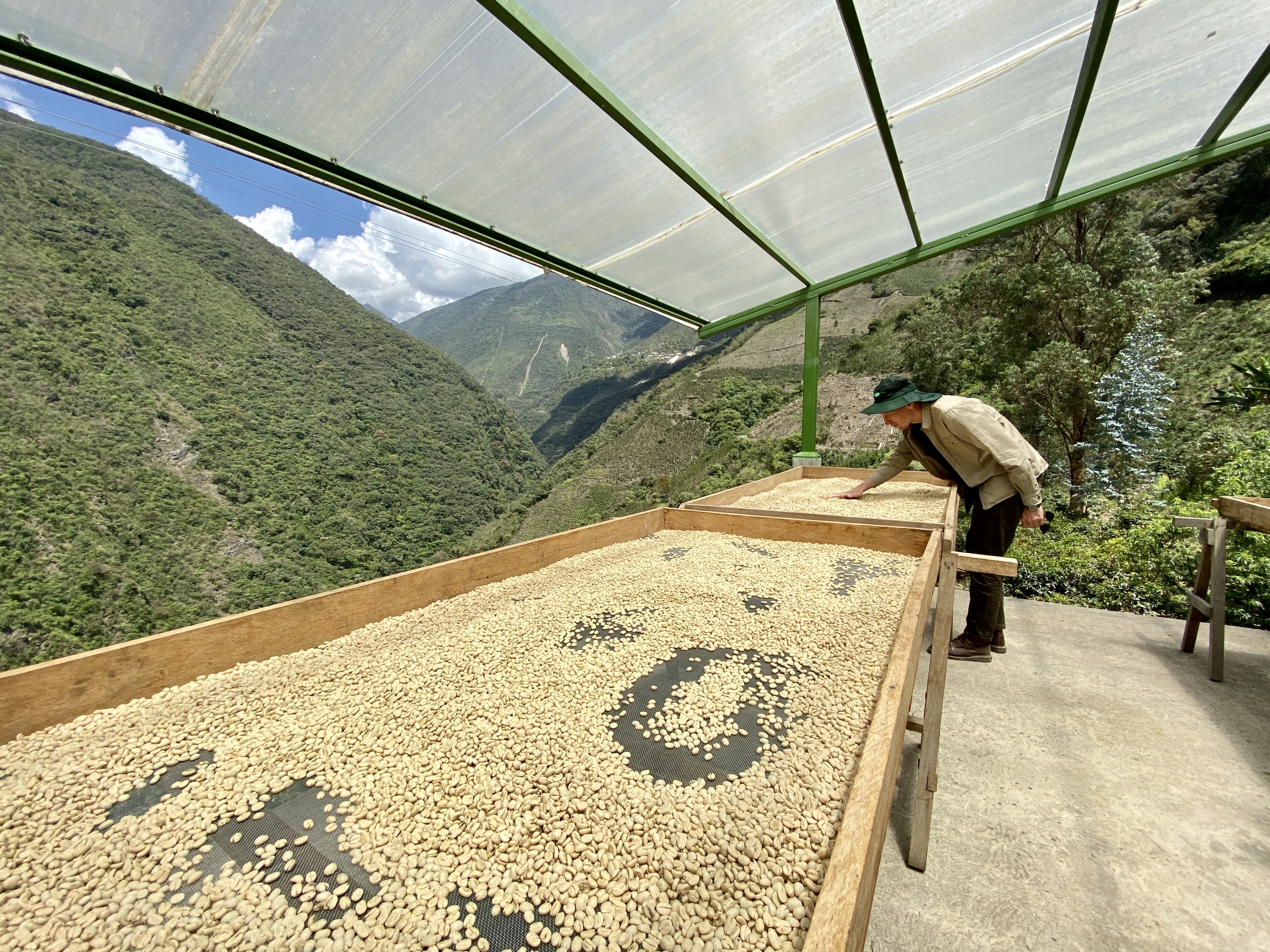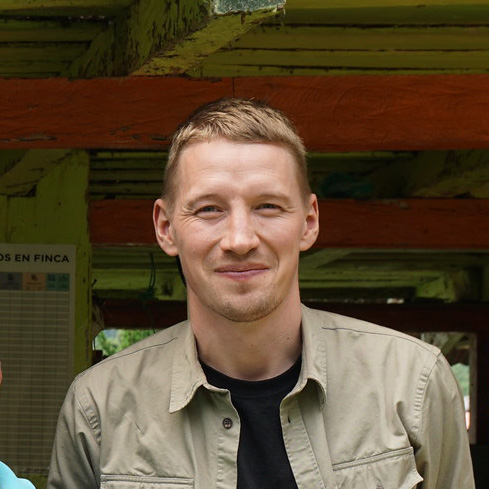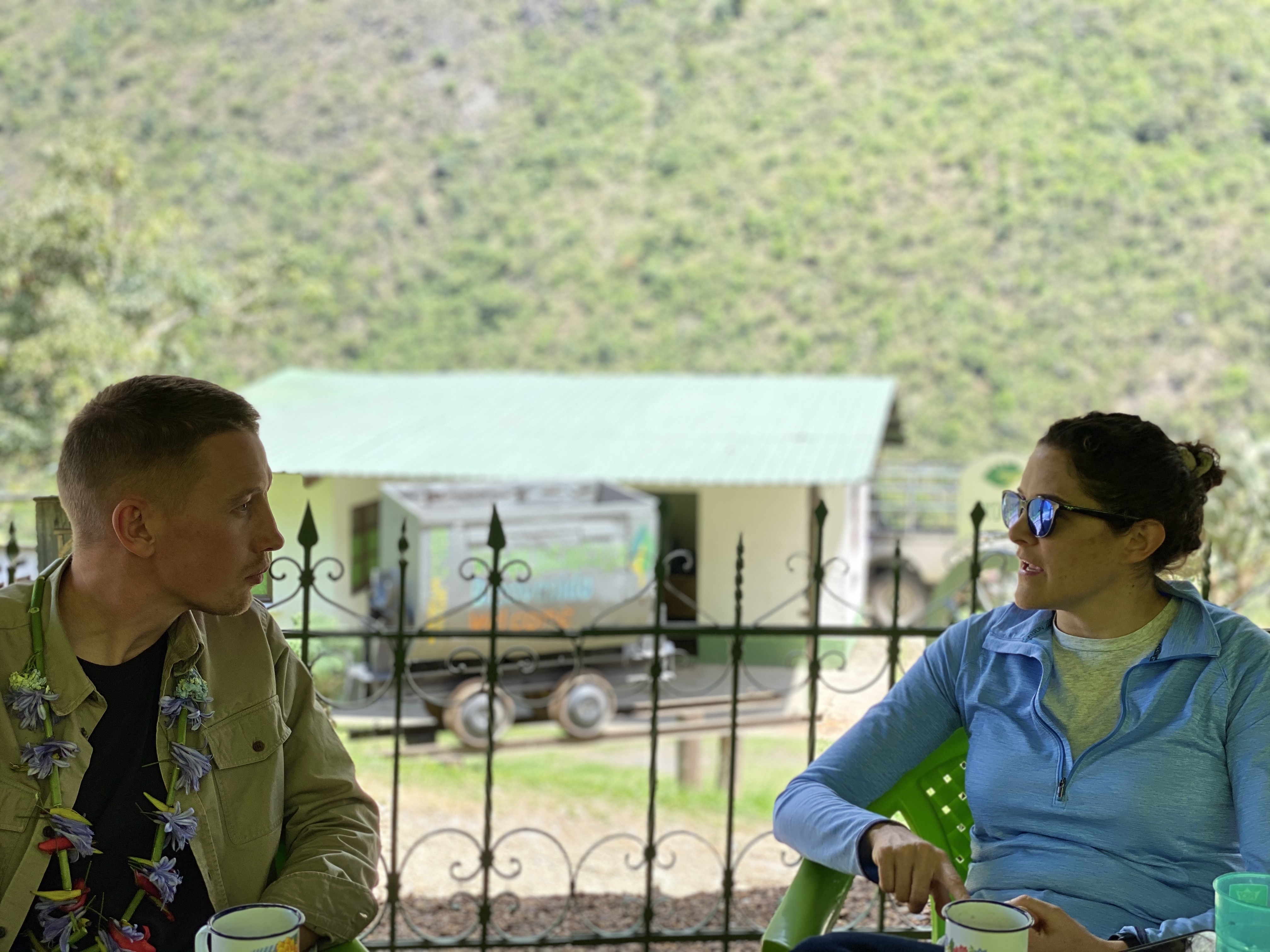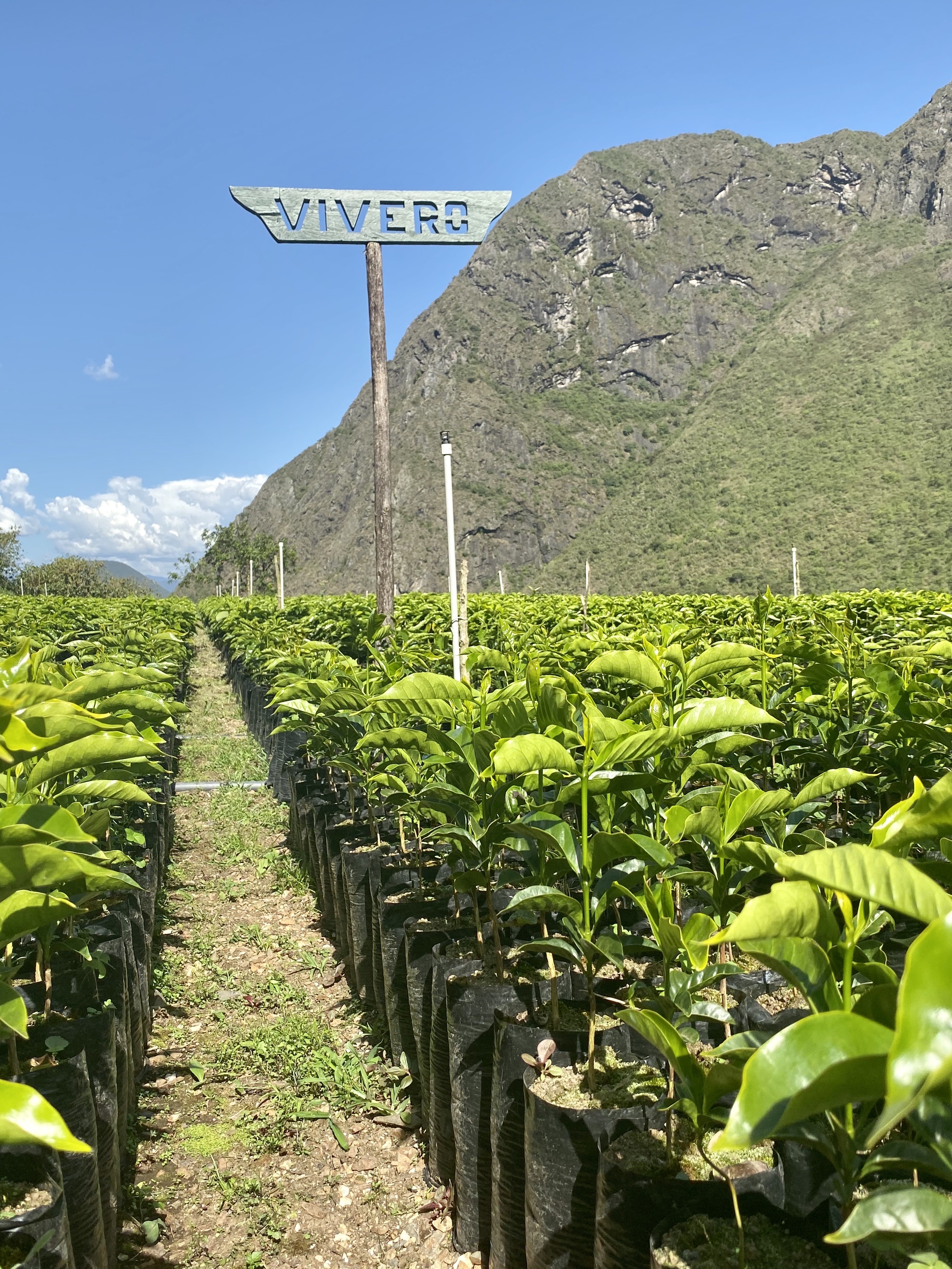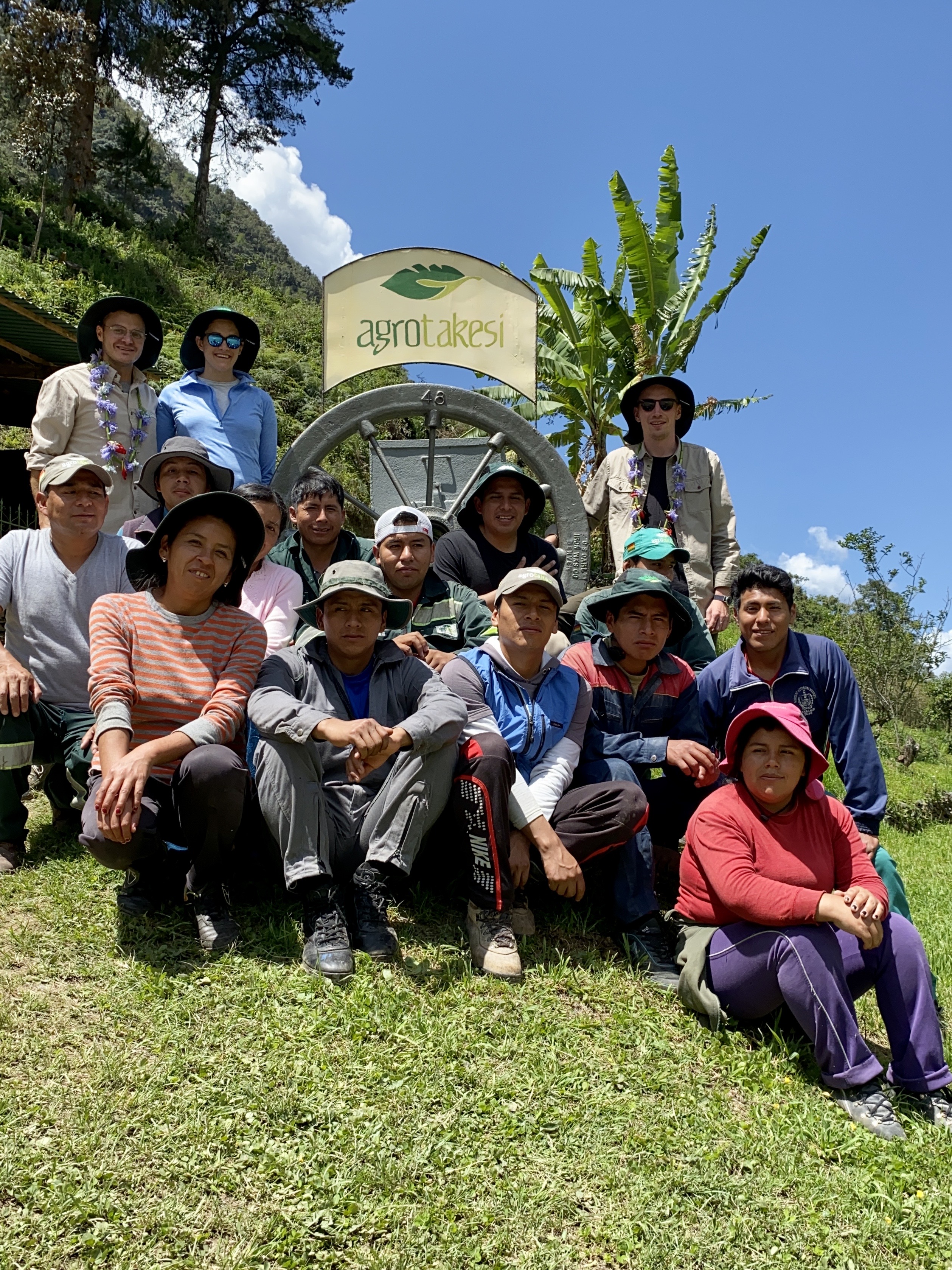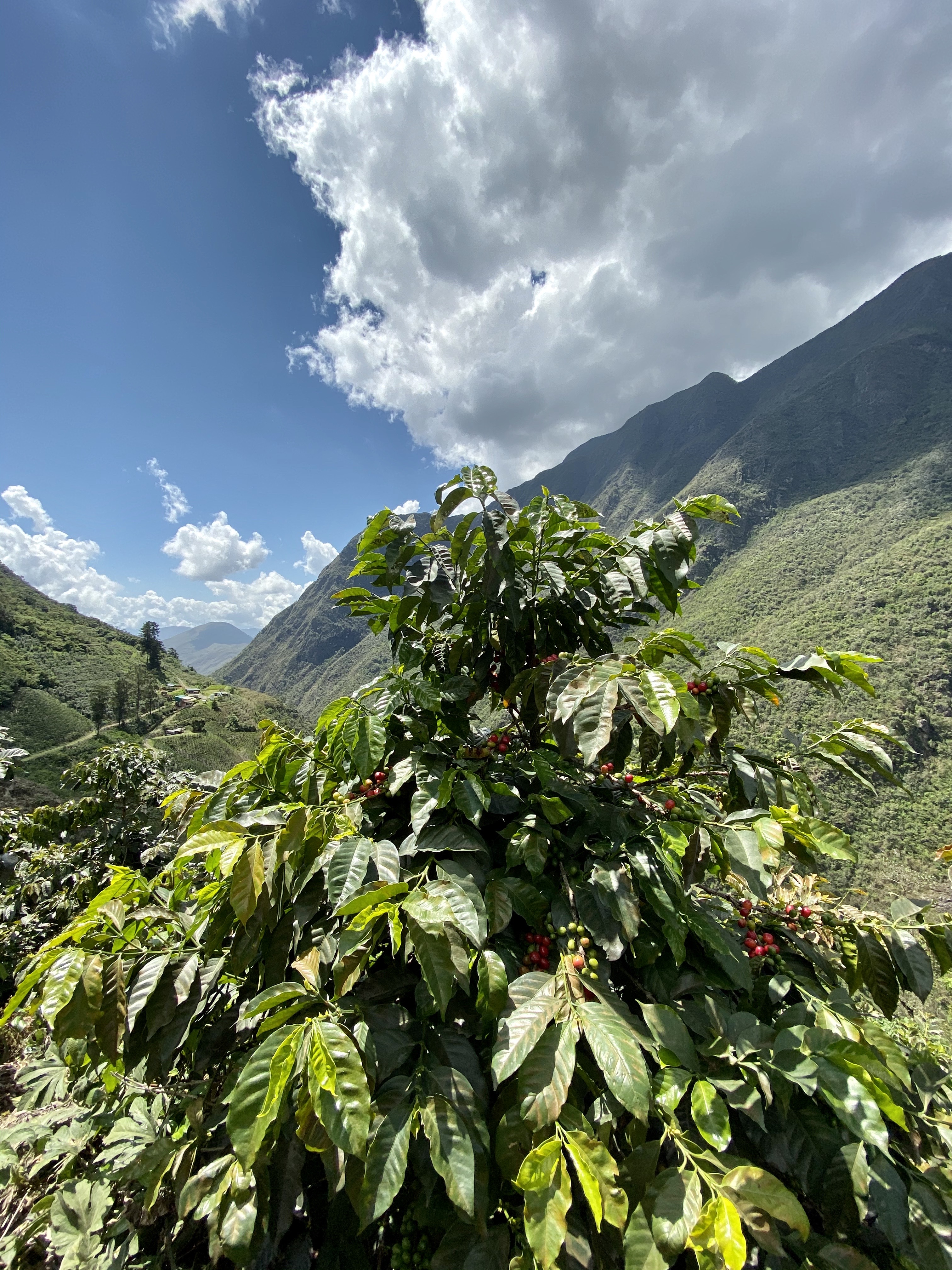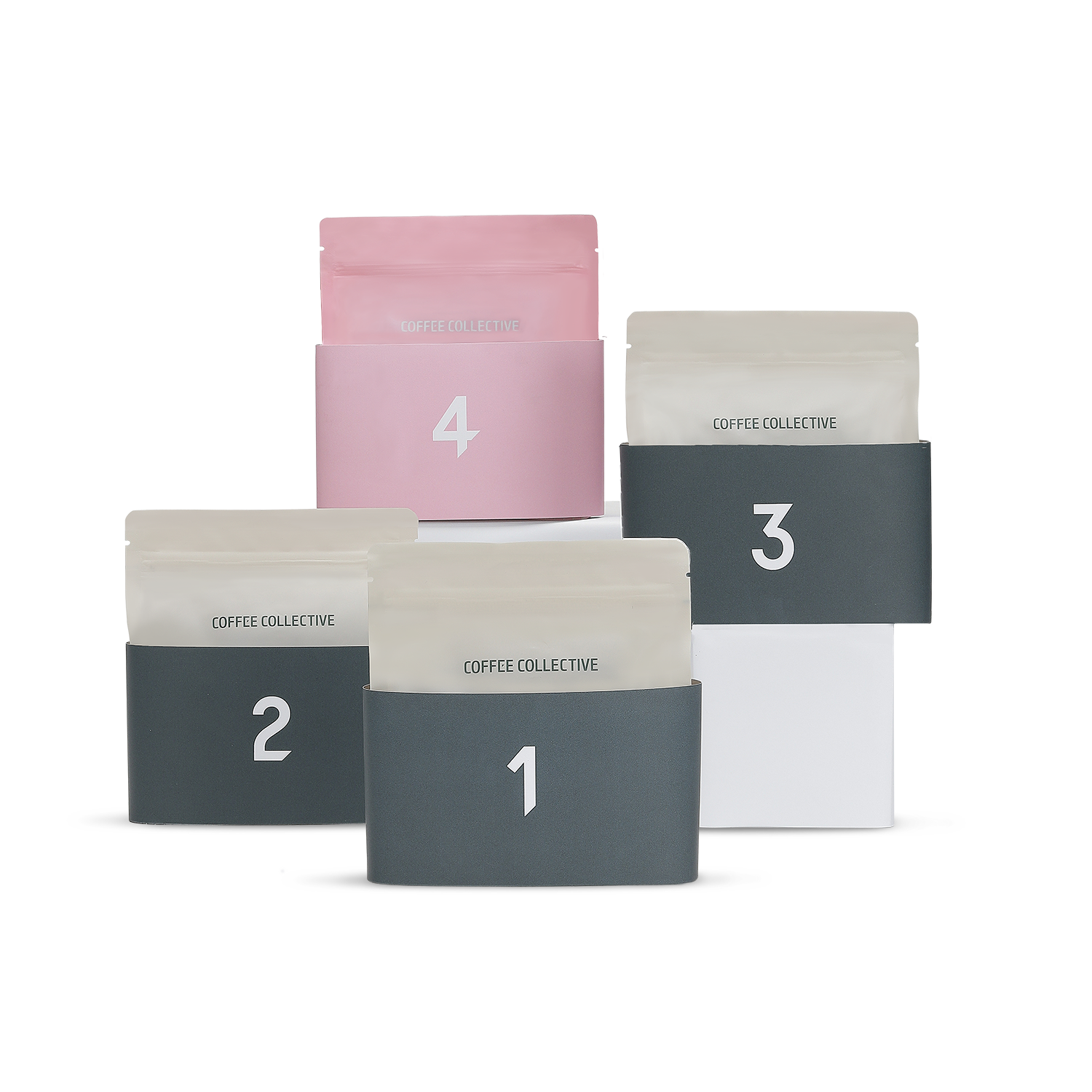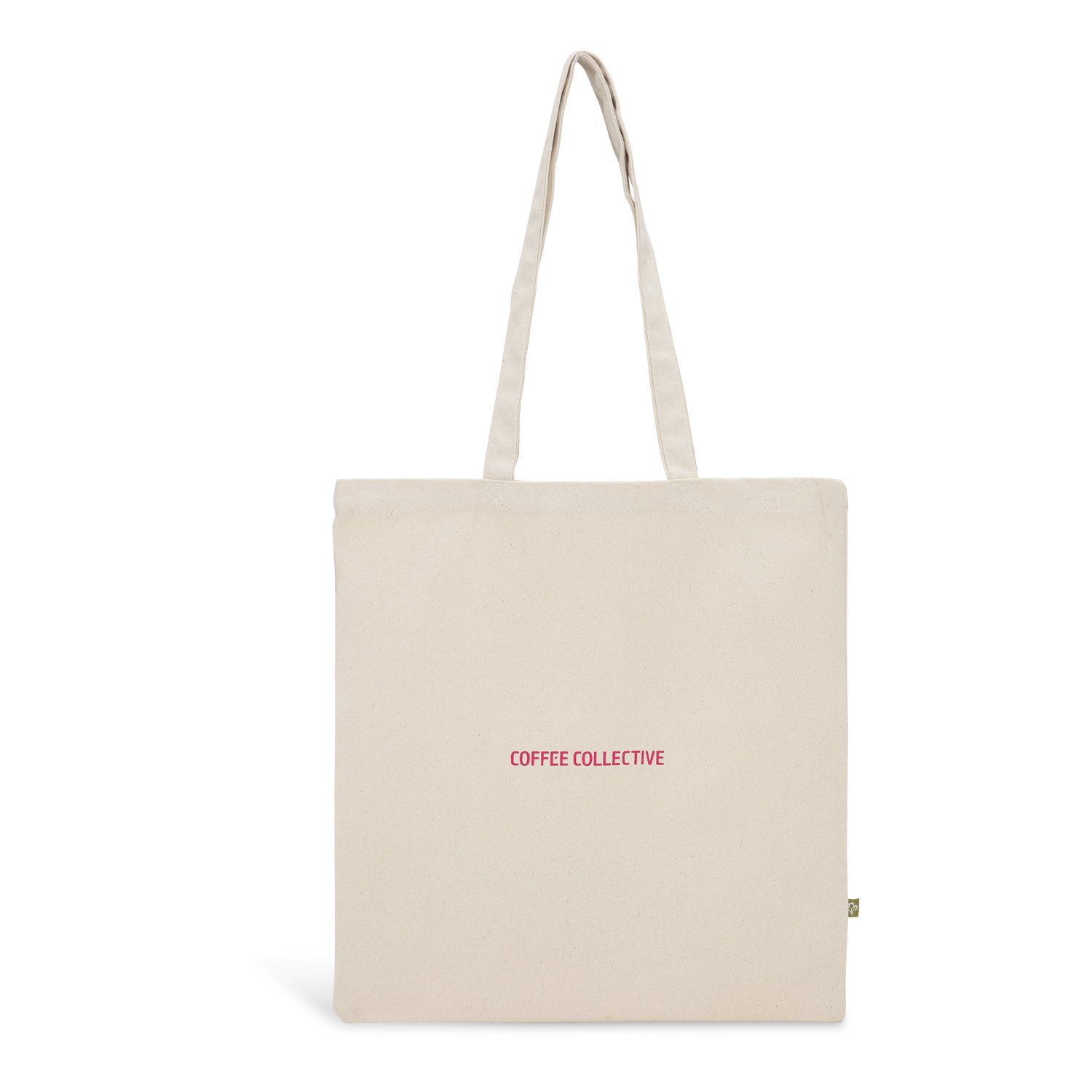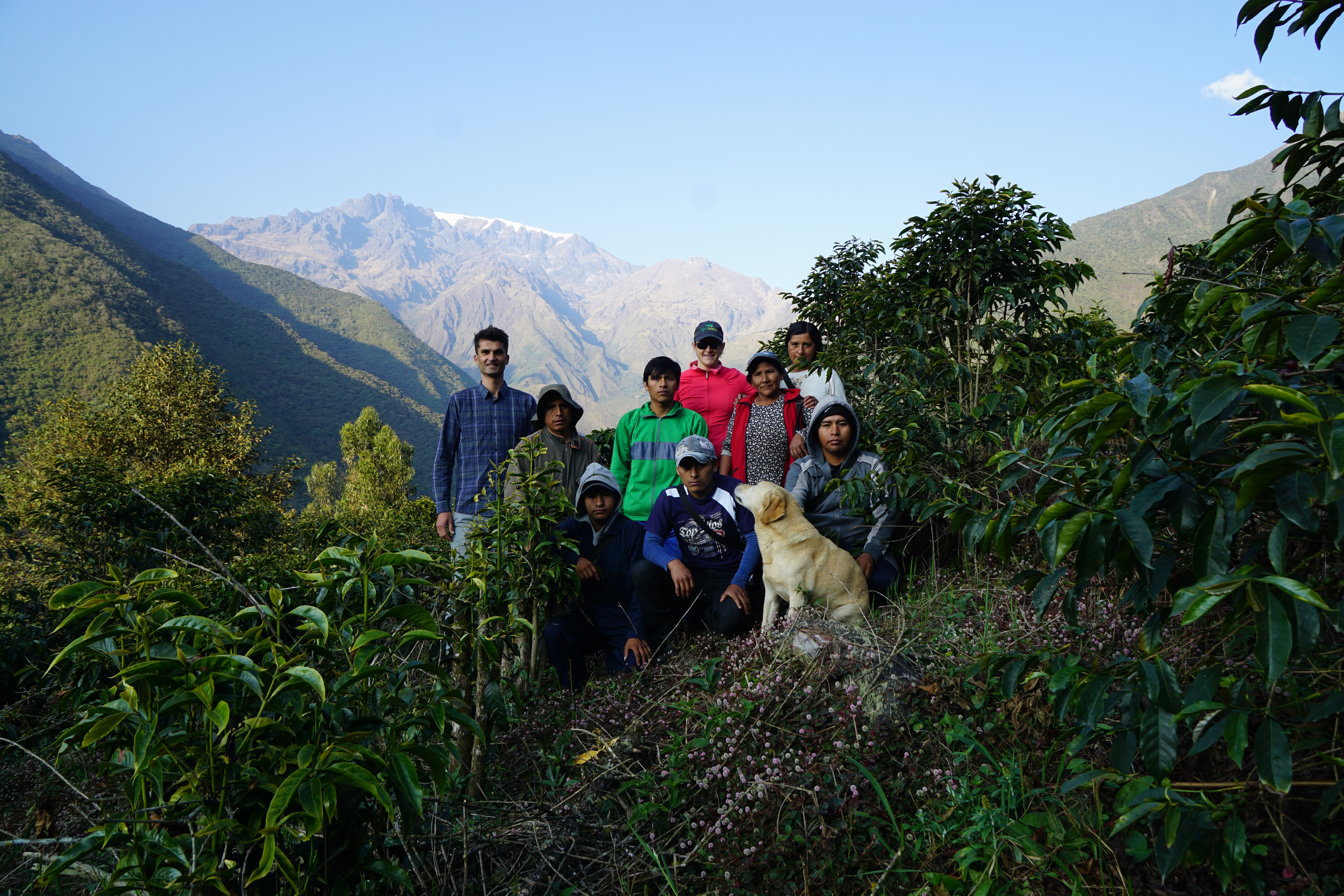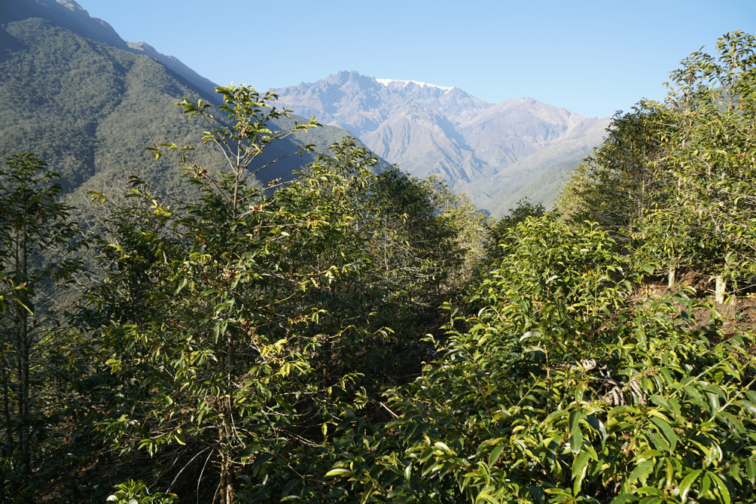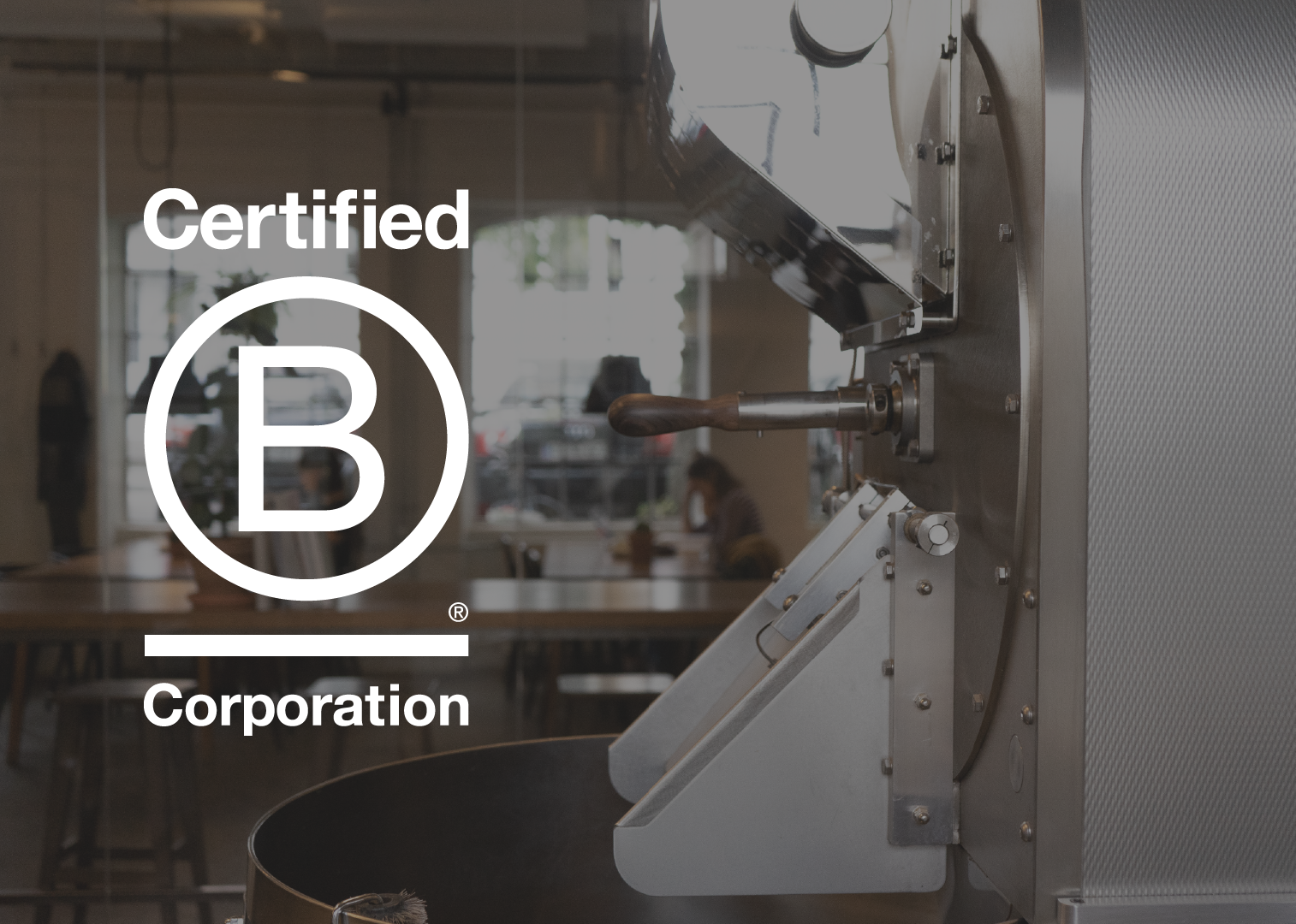Every year we visit the coffee farmers we work with. We talk about the quality of the coffee and how the harvest is turning out. Mariana Iturralde owns the farm, Finca Takesi, along with her father, Don Carlos Iturralde. On our most recent visit to their farm in October, I sat down to have a chat with Mariana about how they started the farm, and how they have since then evolved.
Q: How did you get the idea of running a business in coffee?
In 2001 a Colombian gentleman told my father, that the land he saw here, was of very rich, organic soil. And because of the high altitude, we could probably grow one of the highest elevated coffee in the world.
Apparently, out of all the land in the Bolivian, Andean Mountains, the Iturralde family owned a piece of land located in a micro-climate, perfect for growing coffee. Here, the soil is rich and made of a thick layer of humus and the balance between rain, sun, and elevation seemed to be perfect for growing coffee. The unique micro-climate made it possible for the Iturraldes’ to be one of the few farmers in the world to grow coffee in these heights.
Mariana continues:
This was when the Cup of Excellence first began in Bolivia, and a program by UNDP, United Nations Development Programme were to furtherance the quality of the coffee.
Our first Typica plant was brought in from Caranavi, Colombia from a nursery, which was like us, financed by the quality programme, UNDP. We began to plant the Typicas in 2002. So, the first lot was actually Typica, and that’s how it all started.
Q: How did you get into growing the elegant, yet demanding Geisha?
After growing Typica for 8 years, and gaining experience in coffee farming, we received Geisha seeds in 2010 and started a Geisha nursery. Due to the demanding climate up here, and that we had always had a low yield from the Typica, we weren’t quite sure how the Geisha, which is already low on yield, would come around.
So, when we started the seedling bank, to see how the plants grew, it was clear, that the productivity was very interesting. The Geisha had higher production than the Typica, and we saw how it was a robust plant, that could sustain its cherry production. All in all, it was just a better and healthier plant.
When we cupped it three years later, it just wowed everybody. And that’s how we discovered it and decided to plant 3 hectares of the Geisha.
A unique trait for a coffee farm that to a great extent defines Finca Takesi, is how they manage to run a healthy, sustainable business. A place, where workers are permanently employed, which means they can build on their knowledge and each year improve their picking to only pick perfectly matured cherries, coffee processing, etc. A place where knowledge sharing is essential, and where everyone is invited inside to learn how to grow high-quality coffee. A place where quality defeats quantity. In the picture below you can see all the permanently employed people on the farm.
Q: You are practically the only coffee farm in this area, how do you spread your knowledge, and include more people in growing high-quality coffee and not coca leaves which are legal and widely spread amongst farmers here?
It is pretty hard to explain to a small family landholder, that they should plant coffee, which only gives one harvest a year, and thereby only gives one income a year. And that the price that you will get for that coffee, probably won’t be the same as for the coca leaves.
That said, we have some young men and women that come knocking on our door. They are very interested in diversifying and we also see tourism projects starting to come about in the area. These people acknowledge that coffee is very popular, and they would like to learn more about how to grow it.
We have an excellent relationship with the communities around us. The government, which is called Yanacachi has 33 smaller communities, and surrounding us is about 10. We have always – since the beginning, told them, that if they ever were to be interested in planting and growing coffee, that they would have our technical assistance for free and that they could come and learn at the farm, being pickers or workers. And all the things that we do at the farm, they would then learn and apply them to their own field.
Q: As previously mentioned this is a challenging terroir and climate to grow coffee in. How was your new business received by people at first?
They were very skeptical. Agronomical engineers who came to the area called us crazy when they saw we were planting coffee. And for the people who lived in the area, they said that we were going to fail. And they even made bets with us. In the sense that if we failed, we should give the land to them. For them to plant coca.
Luckily this didn’t stop the Iturraldes’ who were determined not to give up. Marianna continues:
We always had a mission to make a difference. A mission to make the best coffee in the world. And I think that is still true to this day. Because, we were born in a moment, where Bolivia was going through an improvement of the quality for coffee farmers. And it was from that vision Finca Takesi was born. So, to this day, that’s what we do.
We are incredibly proud to present to you one of the best coffees in the world this Friday. Come by our coffee shops and taste this amazing coffee and have a chat.
You might also like
Related stories
Would you like to get our different coffees delivered directly to your doorstep? We've got you covered.
Address
Coffee Collective
Godthåbsvej 34B
2000 Frederiksberg
CVR: 30706595
Contact
mail@coffeecollective.dk
+45 60 15 15 25 (09.00-15.00)
Coffee and cookies
This site uses cookies.
Find out more on how we use cookies.
